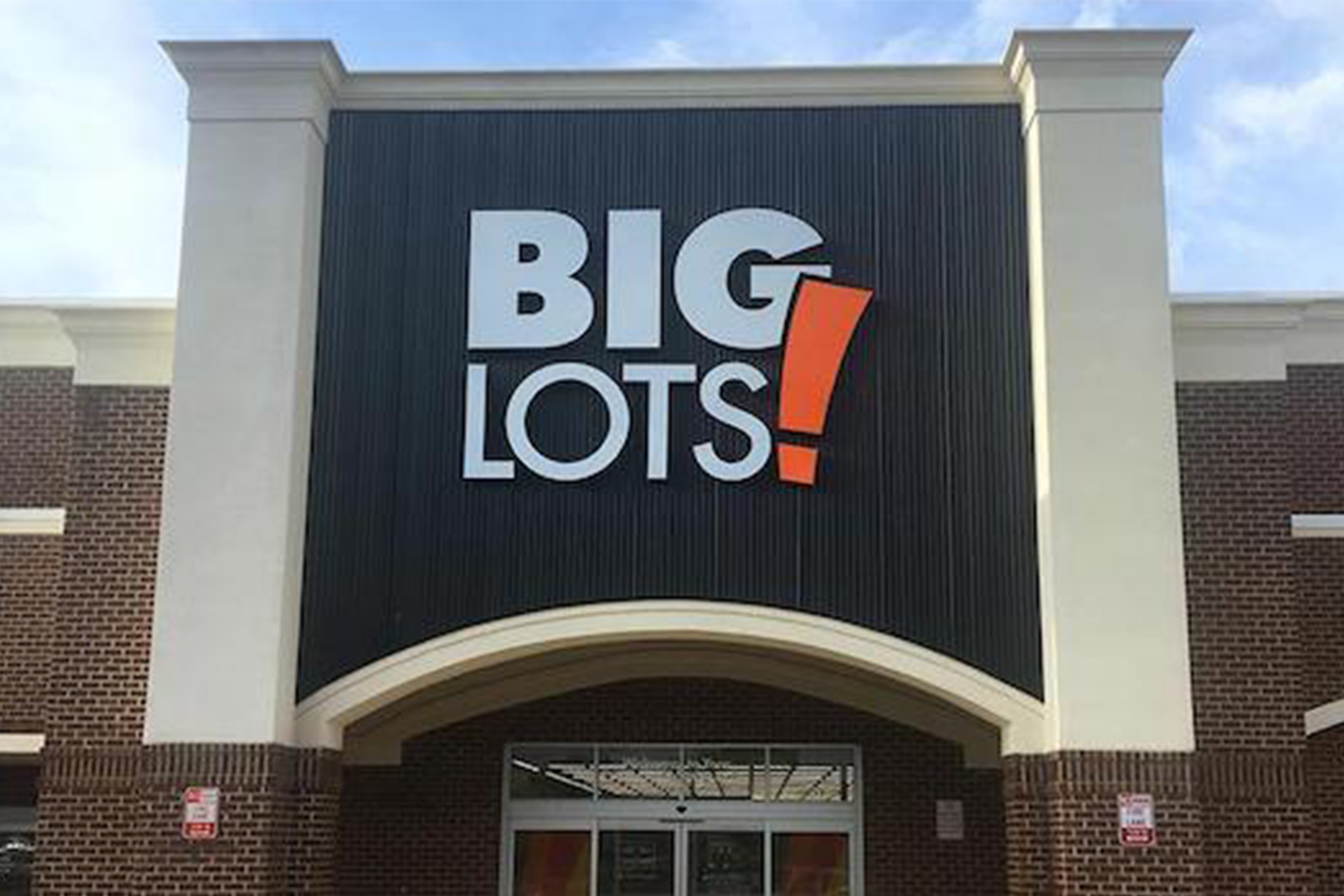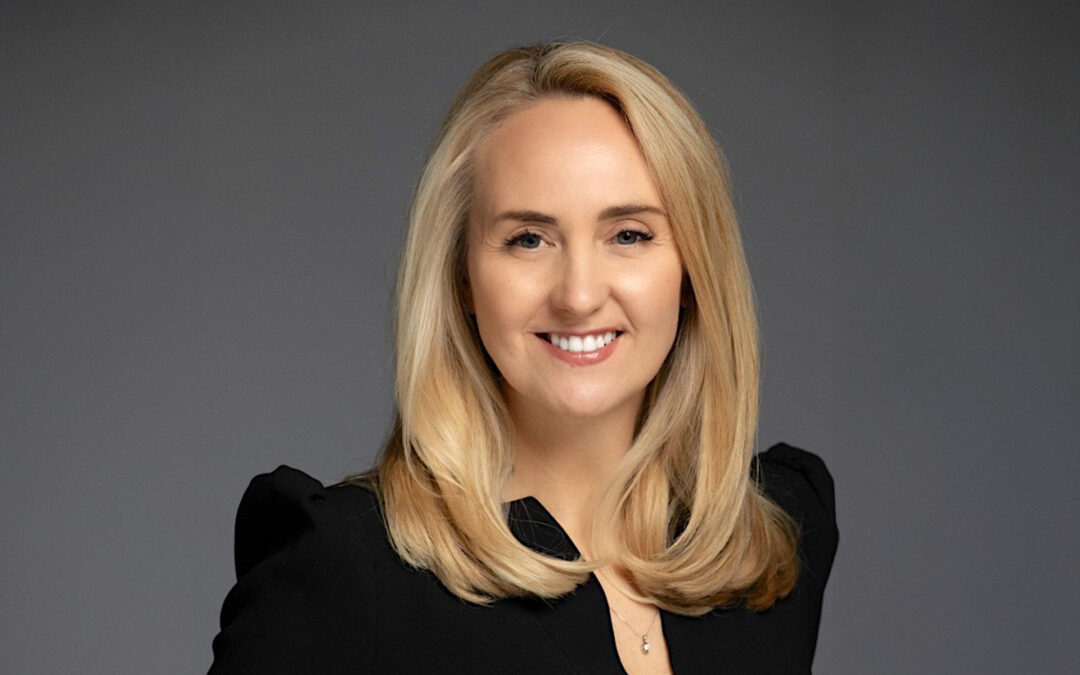Adjusted net losses grew at Big Lots in its first quarter, coming in well short of Wall Street expectations after comparable sales slipped almost 10% in the quarter.
Net loss was $205 million, or $6.99 per diluted share, versus $206.1 million, or $7.10 per diluted share, in the year-earlier quarter. Adjusted for one-time events, the company stated, net loss was $132.3, or $4.51 per diluted share, versus $98.7 million, or $3.40 per diluted share, in the year-prior period.
An analyst consensus estimate published by Yahoo Finance anticipated a net loss per diluted share of $3.91 and sales of $1.04 billion.
Thorn added Big Lots needs “to continue to elevate our brand relevance and drive more traffic, so we are moving quickly to achieve 75% bargain penetration and, within that, substantially grow our extreme bargain penetration to 50% by year-end. Extreme bargains provide significant savings over price leaders and are working, as we’ve seen the sales trend shift from negative to solidly positive in several categories along with a better gross margin outcome. And while most of our store base has healthy unit economics, with around 70% of our stores generating positive four-wall adjusted EBITDA, there are still a significant number of underperforming stores that we are working hard to address.”
Thorn provided an update on its Project Springboard turnaround strategy.
“A key part of that work is to realize most of the $200 million-plus of bottom-line opportunities through Project Springboard this year and, on that front, we are ahead of schedule. In fact, we are raising our target to $185 million of cumulative benefits by year-end, versus $175 million previously. Meanwhile, we are pleased with our actions to preserve and enhance liquidity in Q1, which included aggressive efforts to manage opex, capex and inventory, and the execution of a new $200 million term loan facility, which provides us with significant additional financial flexibility. While near-term conditions have been challenging, we’re not slowing down on making progress to transform our business. The current financial performance does not yet reflect the stronger business model that we’ve created through our five key actions, but we expect the fruits of those efforts to become more apparent in the back half of the year.”





